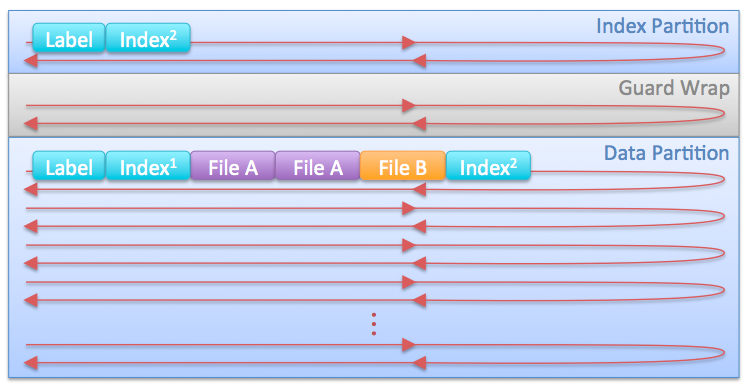
My home IT infrastructure includes an Apple Mac Mini computer that is used as our media server and primary playback machine. The Mac Mini is connected to a 1080p LCD Television, 1GB LAN, and accesses a NAS for media storage. The main job of this machine is audio playback using iTunes, and video playback using Hulu Desktop[1. Development of Hulu Desktop has been halted. The Hulu Desktop download were removed from the hulu.com website on July 2, 2013.] with the occasional web-video streaming using Safari in fullscreen[2. We generally use our XBox360 for Netflix streaming since the interface is nicer. We also have a Sony BluRay player that is supposed to stream Amazon video on demand. It has been a 3 month and counting battle with Sony and Amazon support to get incorrect server-side state flushed before this device will stream correctly.].
This Mac Mini is a late 2009 model with a 2.26GHz Core 2 Duo processor, 4GB of RAM, and an NVIDIA GeForce 9400 GPU. Since this machine is not mission-critical for our household I figured it would be a reasonable candidate for our first Lion upgrade.
After the upgrade video streaming has become practically impossible. Both Hulu Desktop and web-based video streaming suffers from decompression artifacts that result in blocky video and video freezes. After a minute or so of playback the video stream will freeze on the current image and audio playback will continue. When the video freezes if I use VNC to access the machine I can see that the mouse cursor is beach-balling.
I have found that video playback can be made reliable and returned to the same quality as provided by OS X Snow Leopard (10.6) by disabling the new Lion functionality that restores applications to their running state after a reboot. To disable this function, open the System Preferences->General panel and uncheck the “Restore windows when quitting and re-opening apps” option. The option is shown unchecked in the screenshot below.
My suspicion is that the background task that takes a snapshot of the memory and system state for each running application is failing behind in taking snapshots when large amounts of RAM are updated. In video streaming by definition the application memory is undergoing large frequent updates. If my suspicion is correct, then instead of dropping work items the snapshot application is trying to process an ever-increasing list of work. The result appears to be CPU starvation to video playback. This starvation probably occurs in the Quicktime stack since the behavior is demonstrated in different playback applications.




